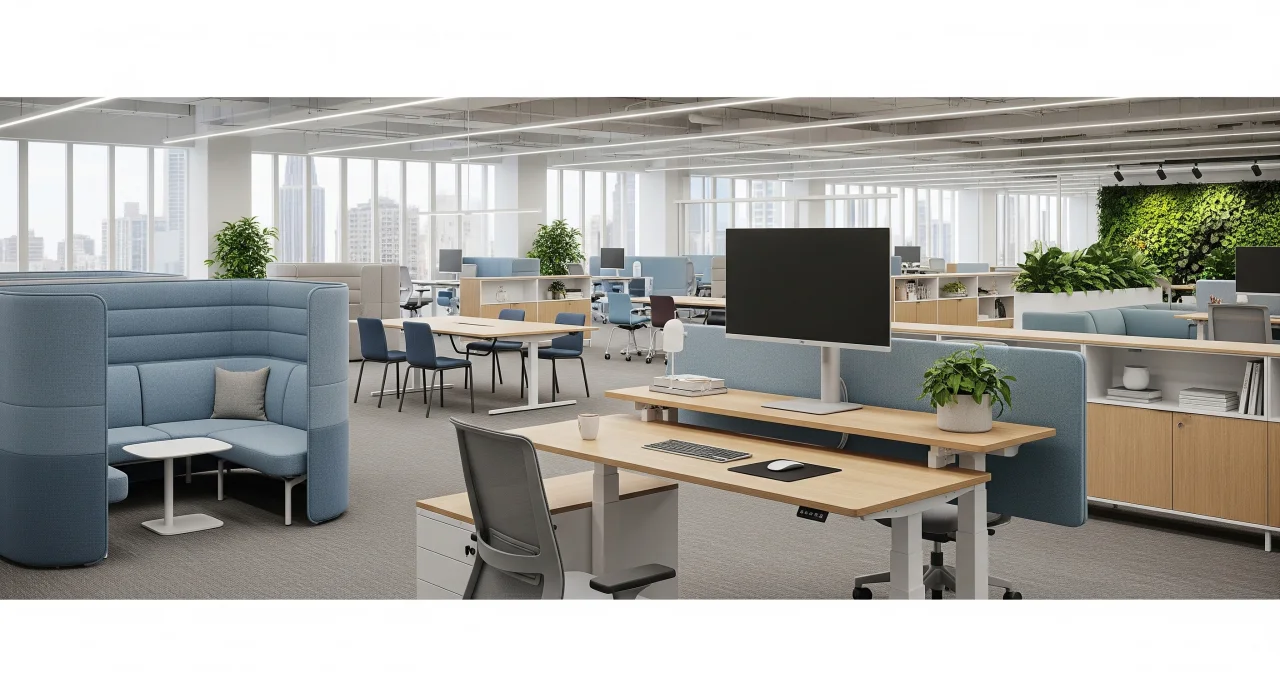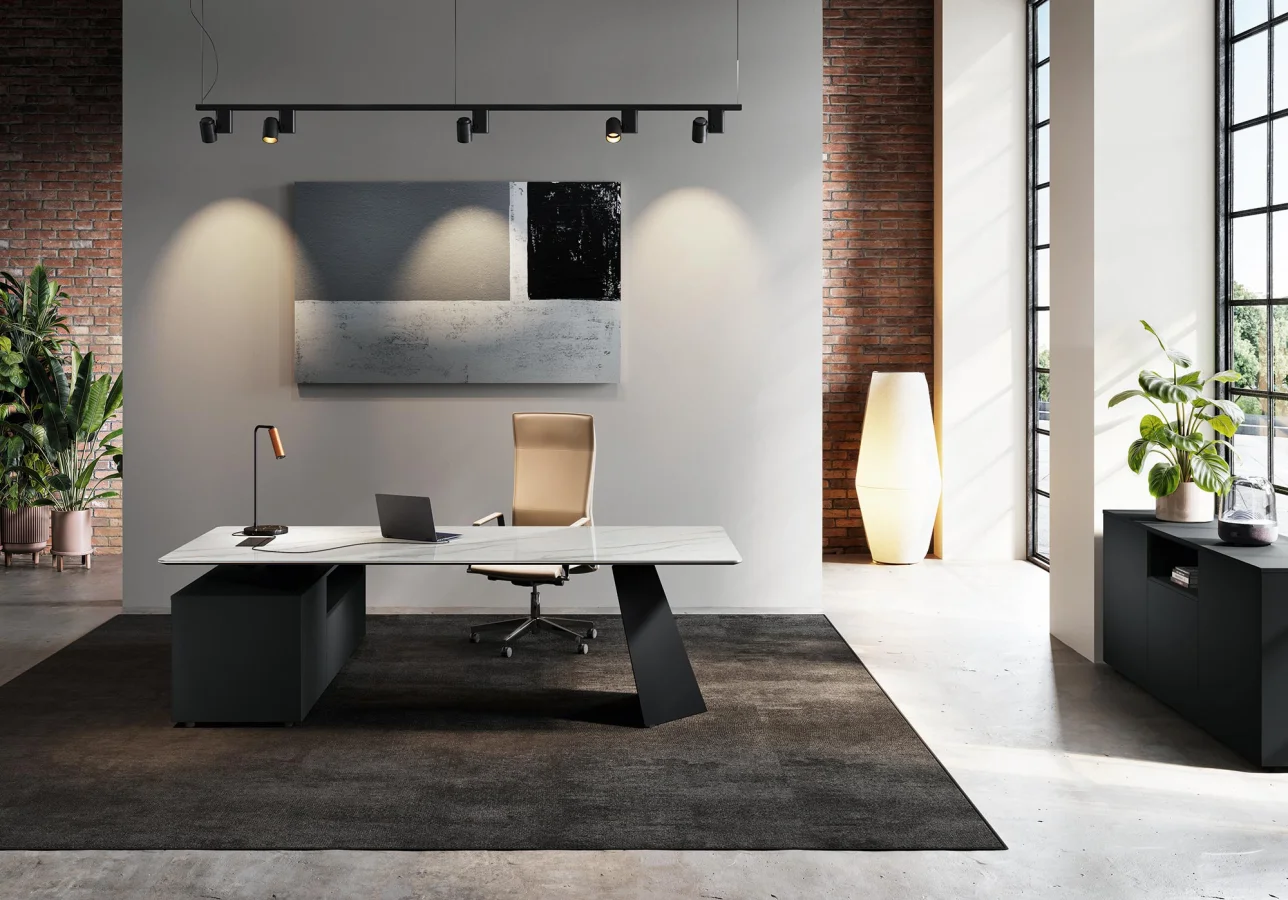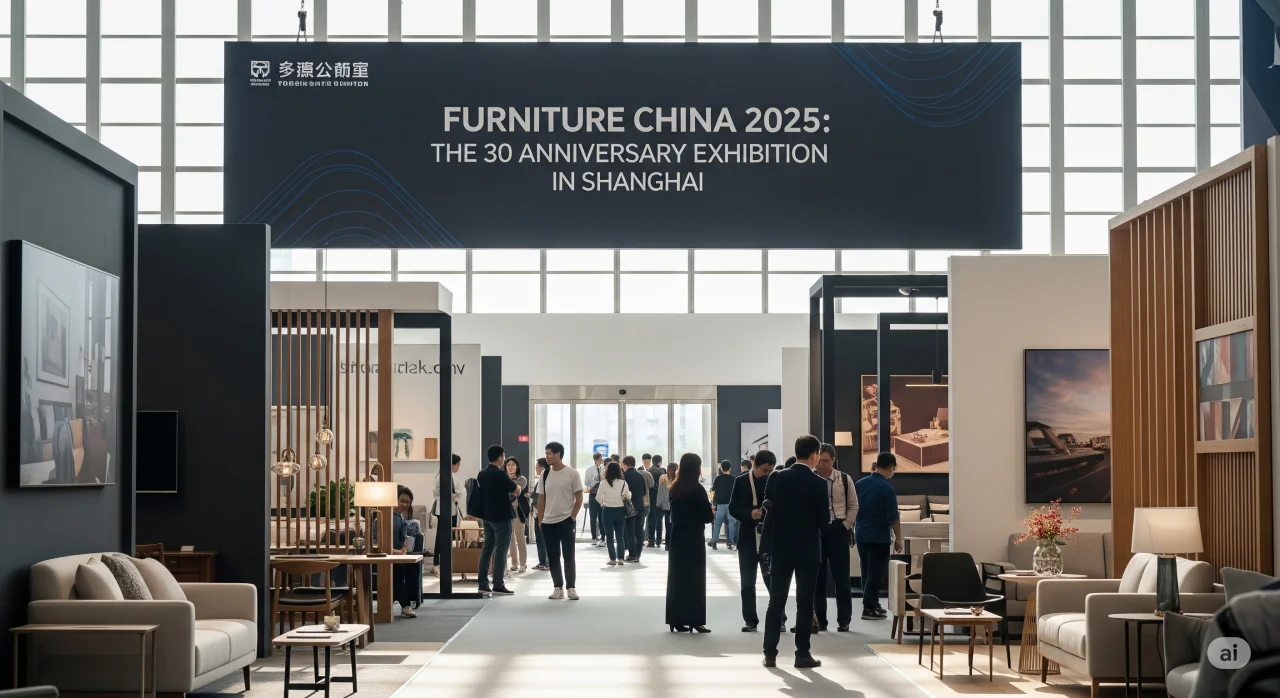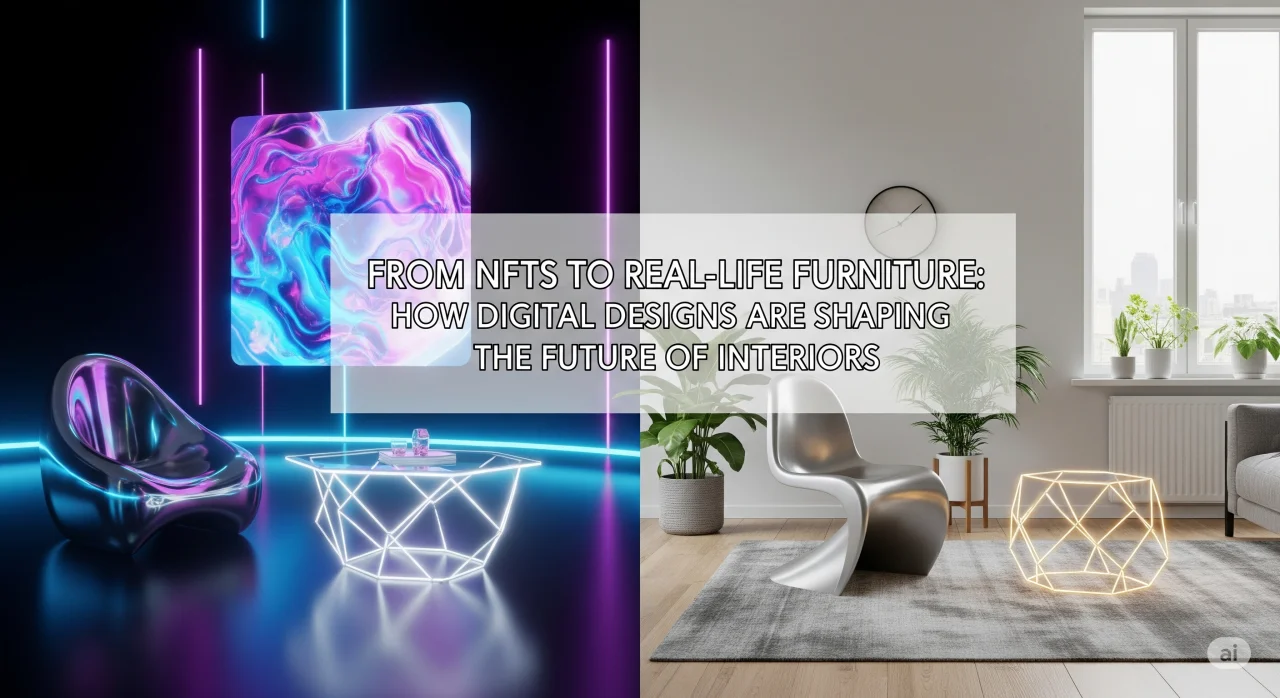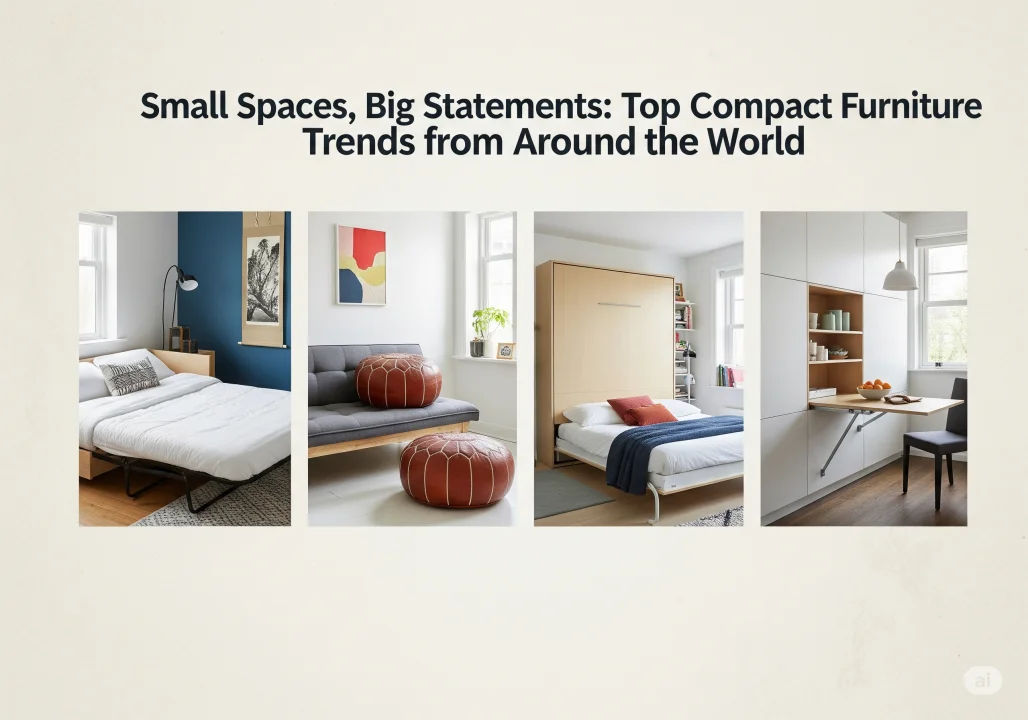The workplace has evolved dramatically in the past decade, and office furniture has kept pace with this transformation. Once focused primarily on functionality, office furniture is now central to how businesses foster creativity, productivity, and employee well-being. According to insights from FurniPress, today’s office environments are designed to be adaptable, ergonomic, and sustainable—reflecting the changing dynamics of global work culture.
1. Ergonomics at the Core
With more people spending long hours at their desks, ergonomic office furniture has become a necessity rather than a luxury. Adjustable chairs with lumbar support, sit-stand desks, and footrests are among the most sought-after solutions. These designs not only prevent posture-related health issues but also increase focus and efficiency.
2. Flexible and Modular Workspaces
Gone are the days of rigid cubicles. Modern offices now favor modular furniture systems that can be easily reconfigured to support collaboration or privacy, depending on the task. Movable desks, folding partitions, and modular seating encourage adaptability, making office layouts more dynamic and responsive to changing team needs.
3. Sustainable Office Solutions
Sustainability continues to dominate the furniture industry, and office spaces are no exception. Companies are increasingly opting for eco-friendly office furniture made from recycled materials, FSC-certified wood, and low-VOC finishes. This not only aligns with corporate social responsibility goals but also creates a healthier work environment by reducing toxins and waste.
4. Technology-Integrated Furniture
Smart technology has entered the workplace through tech-integrated office furniture. Desks with built-in wireless charging, conference tables with hidden cable management systems, and chairs with posture-tracking sensors are just a few innovations making offices more efficient. Such designs reduce clutter and help employees remain connected seamlessly throughout their workday.
5. Biophilic Design and Comfort
The global shift toward biophilic design—bringing natural elements into the workplace—has reshaped office furniture choices. Expect to see more natural wood finishes, earthy tones, and furniture that integrates greenery such as planter desks or shelving systems with built-in plant holders. These designs not only improve aesthetics but also enhance employee well-being by reducing stress and boosting creativity.
6. Collaborative Spaces
Modern companies are prioritizing team collaboration, which is reflected in furniture trends. Open meeting pods, lounge-style seating, and high tables for quick brainstorming sessions are becoming standard. At the same time, acoustic furniture solutions like soundproof booths and noise-reducing panels are balancing the need for focus in open-plan environments.
7. Hybrid Work Adaptations
The rise of hybrid work has created demand for office furniture that blends professional and home-friendly design. Comfortable, stylish seating that looks equally at home in a living room or an office, compact desks for remote setups, and portable storage solutions are bridging the gap between work and home environments.
The future of office furniture is about creating environments that empower people to work smarter, healthier, and happier. Ergonomic designs, flexible layouts, sustainable materials, and technology integration are shaping workplaces that reflect the values of modern businesses.
As work culture continues to evolve, FurniPress remains a key platform for uncovering the latest innovations, offering inspiration for businesses, designers, and professionals who want to stay ahead in shaping the offices of tomorrow.

